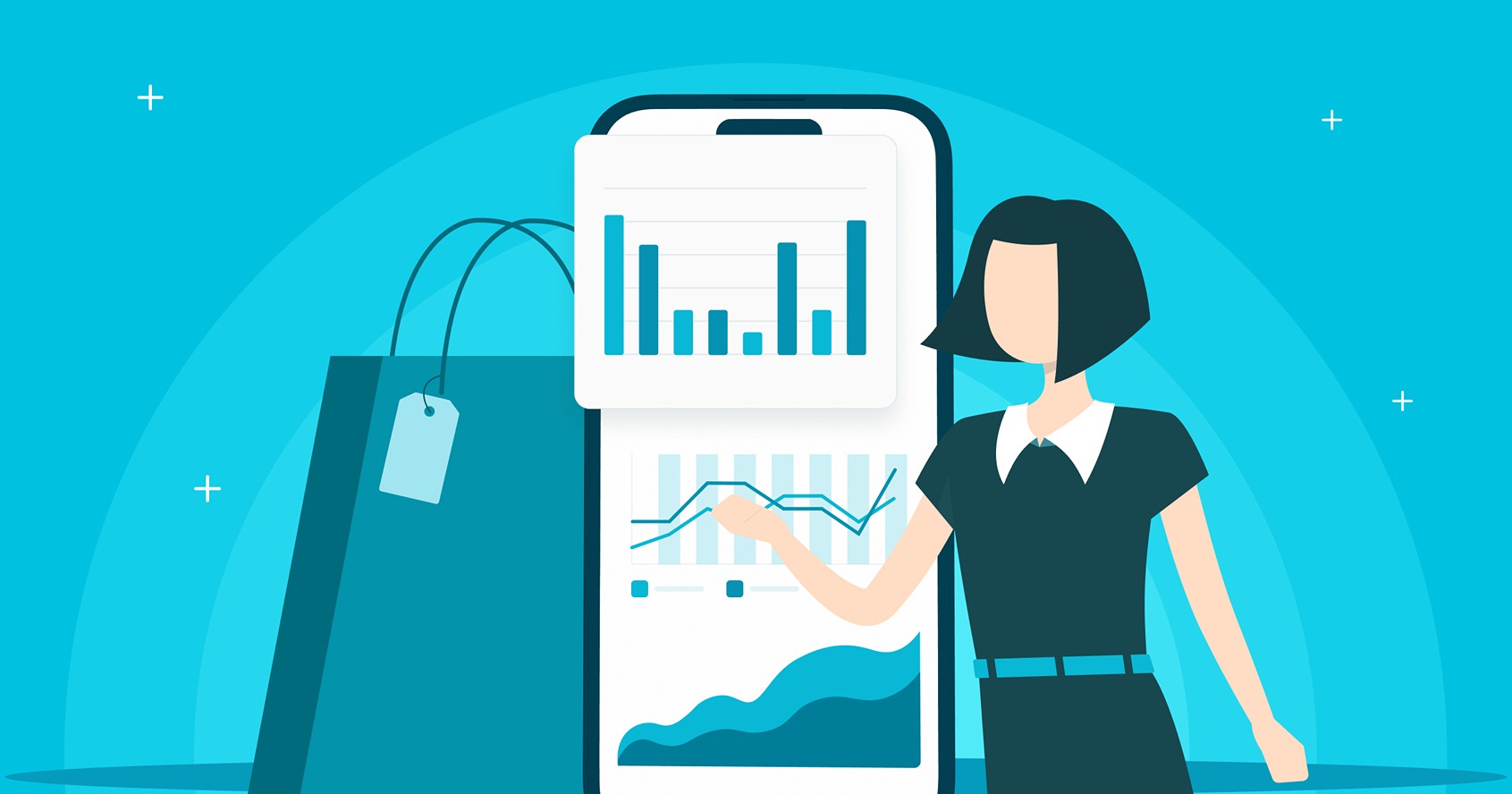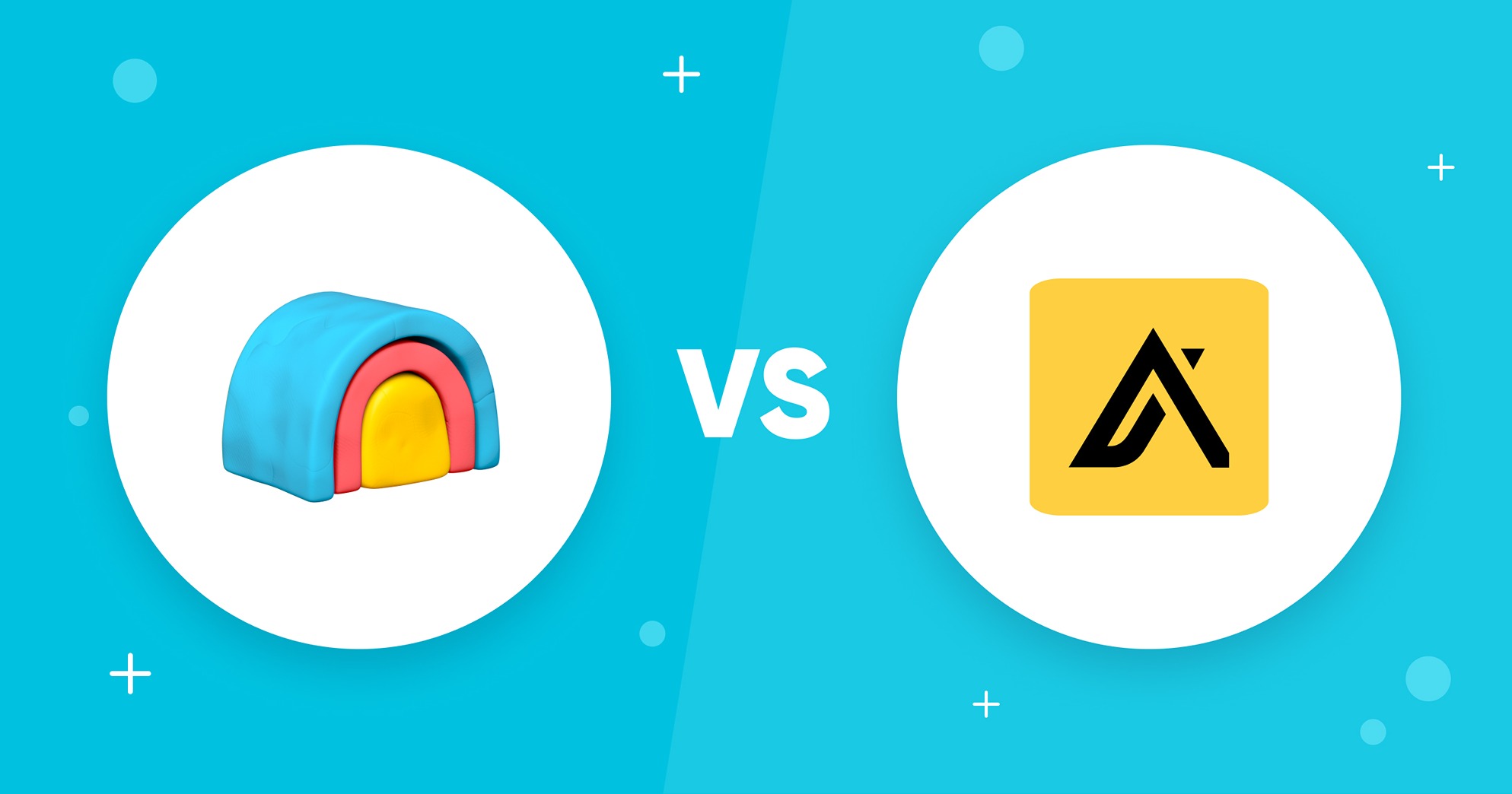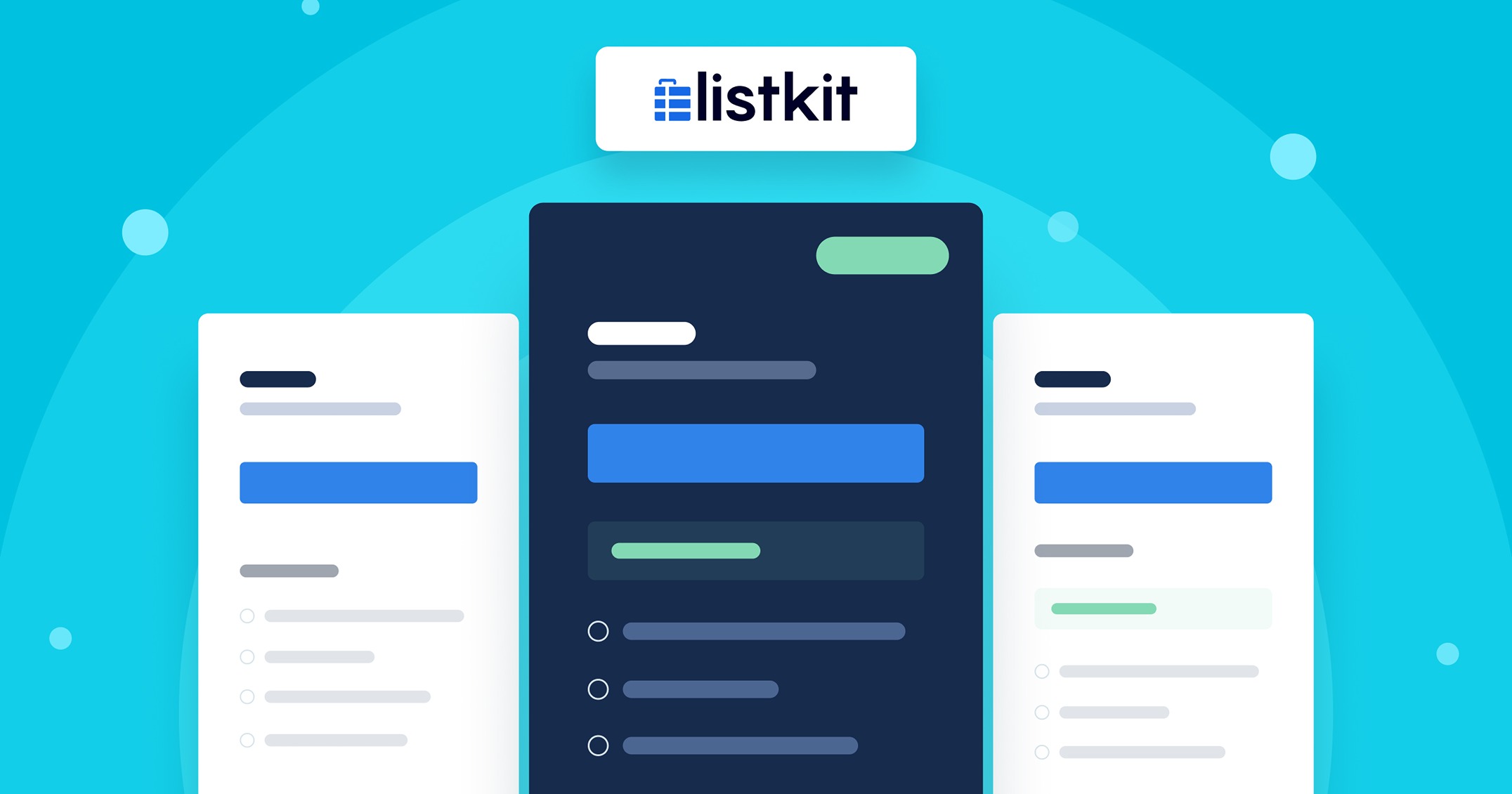To close a sales cycle completely, you must understand how the sales process in B2B works. Each client has their own behavior and is influenced by different things. Your sales funnel should be fine-tuned to maximize the number of leads that turn into customers.
Quick Links:
- What Is a B2B Sales Process?
- Why Following a Sales Process is Important for Business
- Sales Process in B2B: The 7 Stage Cycle
- 5 Tips for Creating Your Own Sales Process
- Essential Tools for Any B2B Sales Process
- FAQs About Sales Process in B2B
- What You Need to Remember About Sales Process in B2B
What Is a B2B Sales Process?
The B2B (business-to-business) sales process is the series of steps, phases, and events that occur when a company sells a product or service to another business.
The sales process is somewhat similar to business-to-consumer (B2C) but has some particularities. B2C follows the buyer’s journey. It focuses on an individual who plans on using your product. B2B, however, is a transaction between two businesses, where the prospect’s business will use your product to help operate their company or for their own products and services.
The business is still a customer—but not the end customer (at least not in most circumstances).
Why Following a Sales Process is Important for Business
Many sales reps enjoy the multifaceted role they play. Whether they’re making cold calls or dealing with inbound sales, they have the ability to improvise their sales strategy.
That being said, sales is more of a science than an art form, especially when it comes to B2B sales. The B2B sales process involves analyzing data and using critical thinking to create a strong and durable strategy.
Having a clear sales process in B2B is essential. Here’s why:
- It offers a more systematic process, making it easier for beginners to handle their own sales process while getting up to speed.
- It will create a structured and measurable sales process, which leads to fewer missteps and better lead generation.
- It helps identify processes that aren’t working to make improvements.
- It helps you see where customers are within the buying process. This makes it much easier for you to create a more accurate sales forecast.
Following a sales process will help your sales team reach its goals much faster. It keeps things organized so that progress can easily be measured and adjusted as needed,
Sales Process for B2B: The 7 Stage Cycle
In many cases, a sales process can last for months. In other scenarios, your company’s sales pitch may have the target audience making purchases in a matter of days. Regardless, B2B purchases go through the same general sales cycle, which acts as a framework for the entire process.
Stage 1: Lead Generation
The first stage of the sales cycle is to find qualified leads. These potential customers have already shown interest in your product or service and are likely to make a purchase should you reach out to them.
You can find the information to reach your ideal customer in several ways. Your lead generation process can include social media, marketing (inbound marketing, in particular), face-to-face meetings, field prospecting, and more.
Some companies use professional social networks such as LinkedIn for their B2B lead generation efforts. It can also be advantageous to buy leads.
Stage 2: Client Discovery
Next, sales professionals must discover as much information as possible about their potential customers. This can include studying profiles and creating a client portfolio. This part of the sales strategy will ensure you’re targeting the right buyer persona.
For instance, it would be a waste of resources to target a company that doesn’t have the budget for your product or service. Potential clients should be a good fit for what you have to offer by every metric possible.
Stage 3: Qualifying Leads
An effective selling process requires a customer-centric approach—one where you focus on the client’s needs. While focusing your marketing efforts on your service or product is tempting, it’s not the best way to appeal to potential clients.
Use open-ended questions to determine your customers’ needs. For instance, they may currently be an unhappy customer of one of your competitors. It would help to know as much as possible about the matter to effectively offer your solution as an alternative.
You should also address the potential customer’s pain points and ask about their long or short-term goals. Showing them that you can solve one of their current issues is crucial to the sales process.
Stage 4: Deliver Your Pitch
Now that you know what your client’s pain points are and what problems need to be solved, you can deliver your sales pitch. Demonstrate that you have a solution for their company. Present your value proposition clearly and concisely.
Remember that sales reps must focus on the client’s needs. Every prospective customer is different, so the message must be catered to each buyer.
Stage 5: Objection Handling
Sales reps should also expect clients to have objections. Potential customers may not be satisfied with the asking price or may be skeptical of the potential for added value.
Be sure to use a positive approach during the sales process. Listen to the client’s needs and find out what motivates them. For instance, if your potential customer is concerned about the high asking price, remind them of the ROI increase they can expect once they start using your product or service.
There is a good chance that the objections will be similar from client to client. It’s a good idea to note them and share them with the rest of the sales team. This will help the team be prepared when they encounter those familiar objections.
Stage 6: Closing the Sale
If you’ve reached this final stage, chances are your prospective client has been sold on what you offer. Most companies end the sales processes here with a contract or invoice. This documentation is necessary to make everything official.
Your client should have no further objections or questions at this point in the sales process. Ensure that your sales team has clarified everything and asked the client if they have any further concerns before closing the deal. This extra step will reduce potential issues and increase customer loyalty in the long run.
Stage 7: Follow Up
Lastly, your sales methodology should include a follow-up. It can increase loyalty, especially among new customers, and boost profitability. Follow-ups will help keep clients on your B2B list, and the chance they’ll recommend you to others will be very high.
Word of mouth can be a very powerful tool here, and the more you satisfy your clients with the buying process, the likelier they’ll be to use your services again. This step can be completed using outbound sales tools such as direct email or social media. The more you keep in touch, the likelier it is that your B2B customers will make another purchase.
5 Tips for Creating Your Own Sales Process
Following a generic sales cycle too rigidly can be a mistake. You must adjust a sales strategy to make the most of your company’s sales process until it matches your ideal client. Here are some sales tips to help you get healthy leads and close as many deals as possible.
Focus on the Buyer First
Many companies make the mistake of trying to sell a product by outlining its features. However, as mentioned above, creating a customer-centric sales process is crucial. To put it simply, you need to put yourself in the shoes of your ideal customer.
Try to figure out who your buyer is and develop a persona of your ideal customer. Think about what clients go through during their buyers’ journey. What are their pain points? It can help to take the following considerations in mind:
- Functional tasks that you may help your client resolve (i.e., looking to solve a certain issue)
- Social tasks you can help your ideal customer complete (i.e., wanting to improve the brand’s image)
- Emotional tasks that your client may want to be resolved (i.e., wellness or security)
- Customer gains they may receive by using your product or service (i.e., positive emotions or social gains).
- Pain points that you may solve at the end of the sales process (i.e., avoidance of undesired costs or negative emotions)
Remember: you’re not selling a product but fixing a problem. This is why you need to determine exactly what your customer needs and how your product can help them. Prospecting tools can be very helpful in this regard.
Assign the Right People
You must assign the right people to your sales team to ensure the sales cycle reaches a closing deal without a hitch. First, your sales reps must love their jobs or at least enjoy what they are doing. If your sales team is stacked with people that would rather be doing anything else, your clients will feel it. Your team should also have good customer relationship management skills.
You also need to assign roles. First, think about who might be an effective team manager. They must know how to direct the buying process and ensure everything runs smoothly.
Get to know your team as well as possible and assign them roles based on their talents. For instance, if someone on the sales team has good people skills and enjoys talking on the phone, you may want to have them work on telephone prospecting. You may want to assign them to the closing stage if they are good at negotiating.
Have Clear Objectives & Actions for Each Stage
Each stage of your sales funnel should have a clear goal. While your final objective is to improve your sales performance, your sales strategy still needs to be taken one step at a time. Here are examples of some objectives you could set for each step:
- Lead Generation: Increasing your sales > Finding your ideal customer
- Client Discovery: Researching the ideal customer > Contacting those relevant to your service
- Qualifying Leads: Solving client’s issues > Addressing their pain points
- Delivering Pitch: Capturing the attention of the customer > Delivering your value proposition
- Handling Objections: Removing client concerns > Solving potential issues and answering questions
- Closing Sales: Sell the product or service> Draft the documents to make everything official
- Follow-up: Improve retention > Use sales tools to keep in contact
Focus on the goal and how you can achieve it.
Invest in Sales & Marketing Tools
The proper sales and marketing tools are essential to your company’s success. Good sales funnel software such as Uplead will keep you on the right track and help increase your company’s B2B sales. Below are some examples of sales funnel and marketing strategies.
- Lead generation tools such as Uplead
- Sales automation tools
- Pre-written emails
- Product demos
- Customer references
- ROI calculations
- Pipeline tools
- How-to guides
- Business cards
- Newsletters
- Infographics
- Blog articles
- Sales productivity tools
Each business is different. Finding the right tools for your company is a great way to further its success.
Test & Modify the Process
Your company’s sales processes should be flexible and adjust according to your customers’ behavior. You should continually check the results of your sales cycle and make the appropriate improvements.
Essential Tools for Any B2B Sales Process
There are a number of resources at your fingertips in the B2B world. Here are some of the most effective programs on the market that can help you reach your target audience:
B2B Lead Finder
Using your time and money wisely when marketing your product or service is important. If you’re attempting to sell your solution to the wrong audience, you may waste valuable resources on a company that was unlikely to make a purchase in the first place.
A B2B lead provider can help you figure out the best leads with minimal effort on your part. For instance, lead finders such as Uplead will gather real-time information about leads and determine precisely which ones have the greatest potential value for your business.
Email Provider
Most of your sales efforts will involve contacting your potential customers directly. Whether to confirm an order, send a newsletter, or advertise a new product, you need a reliable email provider to implement your sales strategy. Here are some of the most commonly used providers:
- Gmail
- Yahoo! Mail
- Outlook
- AOL
- iCloud
Sales Management Software (CRM)
Sales management software (CRM) can help you manage your company’s relationship with its customers. CRM (customer relationship management) software can keep track of the status of your leads and help improve customer retention. Here are some of the best platforms on the market:
- DragApp
- Netsuite CRM
- Freshsales
- CRM Creatio
- monday.com CRM
- Zoho CRM
- HubSpot CRM
- Salesforce CRM
- vCita
- Pipedrive
- Pipeliner
HubSpot and Salesforce are the most widely-used tools for sales reps, but it makes sense to shop around to find the best product for your company and to optimize your CRM processes.
FAQs About Sales Process for B2B
Success in B2B sales takes practice. Here are some common questions about the process:
A sale process includes several steps: lead generation, client discovery, qualifying leads, delivering your pitch, handling objections, closing the sale, and following up. It’s important to set an objective for every stage and then make a clear plan of action for each.
B2B sales (or business-to-business sales) represent a transaction between two businesses. For instance, a marketing company may offer its services to another company that doesn’t have a department dedicated to that task.
What You Need to Remember About Sales Process in B2B
An effective B2B sales strategy can turn more prospective clients into leads. Focus on your goals for each step, analyze the results, and make adjustments accordingly.









